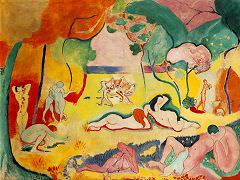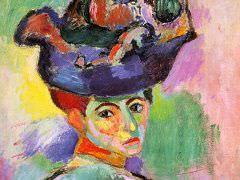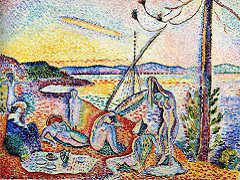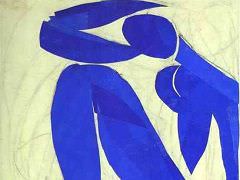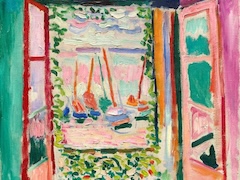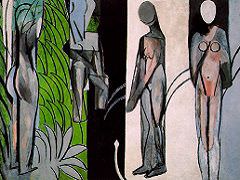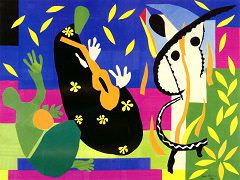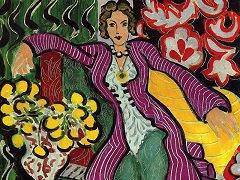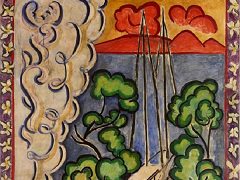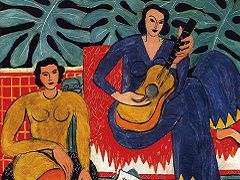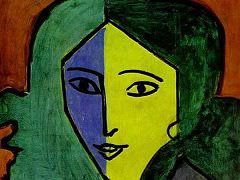The Pink Studio, 1911 by Henri Matisse
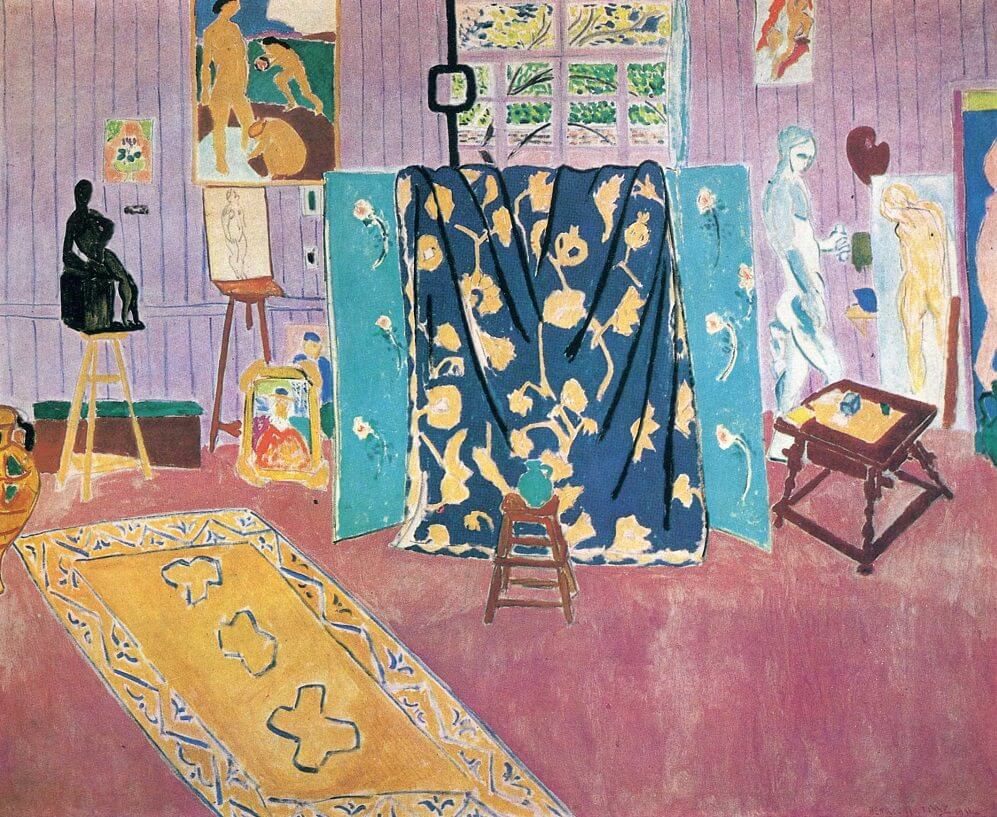
The first impression received from Pink Studio is as jolting as that of its companion, Red Studio. The unheralded quality of the pink, which is not as all-pervasive as the red of the other, is in no way muted by the differing intensities applied to the floor and the wall, and the prominent areas of green and blue serve to reinforce its sumptuous luminosity, a quality significantly absent from Red Studio.
The topography of the studio is here more explicit; the view, with its glimpse through the open window - a motif recaptured from the earlier Attic Studio - is conventionally frontal, whereas Red Studio looks more obliquely into a corner. That both of these monumental compositions were painted in the same environment, the artist's studio at Issy-les-Moulineaux, is demonstrated by the correspondence of several works of art, notably the second version of Le Luxe, indicating that the right third of Red Studio is in actuality the left third of Pink Studio. That the artist could sequentially compose two such strikingly contrasting yet equally intense color studies of his actual working environment is astounding, and illustrates the degree to which the reality of the picture's unique being had taken control of his art by 1911. Both are paintings about painting, through their demonstrations of post-Fauve color control, but they further indicate the artist's new-found satisfaction with his immediate suroundings as a motif to create a buoyant world of the imagination as satisfying and idyllic as Joy of Life and subsequent expansions on that theme. One has only to compare these works with earlier studio pictures to realize the degree to which the artist has now rediscovered the nature and pictorial potential of his working environment, finding it no longer necessary to invent a mythological world as the thematic skeleton for the exploration of color and line. The slightly sordid, untidy appearance of the earlier studio pictures is now gone for good.
The sumptuousness of Pink Studio offers, on prolonged contemplation, a more mellow air; one becomes accustomed to its haunting atmosphere in a way that contrasts absolutely with the sustained, unrelenting Red Studio. A chordal harmony rather than a long-sustained single note is present here, and in spite of its monumentality and the grandeur of its central parts, it prepares us for the small-scaled interiors of the 1920s. The analogy between this painting and Atelier of Gustave Courbet, 1854-55, is more striking, but once again the artist's presence is not actually seen, but only felt through the wizardry of his color.

